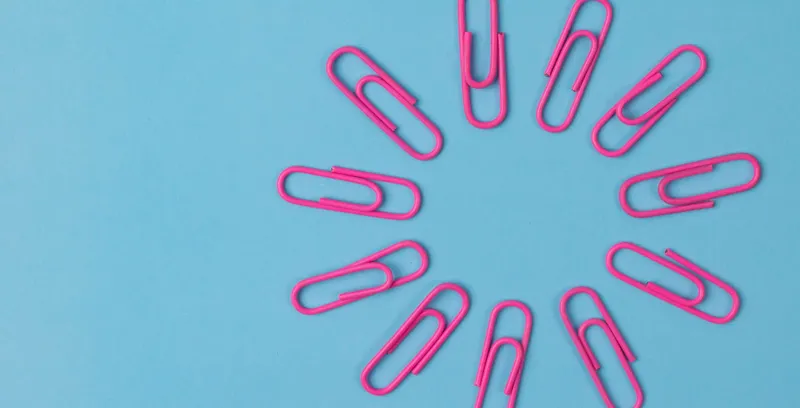So your sales team has been chugging along, sometimes seemingly at a snail’s pace. Sales have stagnated and the motivation that your reps had six months ago is all but gone. You know you need to do something to boost morale (and sales!), but what?
Introducing sales gamification.
What is sales gamification?
Gamification involves using typical game incentives, such as badges, points, and leaderboards and applying them to a non-game activity or scenario. It can also incorporate other game-like elements, such as rules and timers.
You may have seen gamification techniques used in marketing or free game apps. But sales gamification can be implemented to help you tap into your sales reps’ competitive natures, using goals and incentives.
Sales gamification simply applies gamification techniques to a sales strategy. Reps compete with each other to score points and/or gain badges. Once they meet their target, they receive a reward.
This isn’t an entirely new concept. In fact, sales teams have been using reward systems for years. However, the technological age has made it more creative, accessible, and fun by providing new platforms and methods.
It’s no longer necessary to whip out the whiteboard and pen to keep score. Whether your team is selling high-tech SaaS solutions or a virtual PBX phone system, there are apps and software to make it far more interesting and encouraging.
Why is gamification effective in motivating sales reps?
To answer this, we need to get a little psychological. Let’s see how neuroscience can increase sales.
Gamification works in the same way as a child completing a sticker chart or training a puppy with a treat. You use rewards to reinforce desired behavior.
This practice is known as operant conditioning.
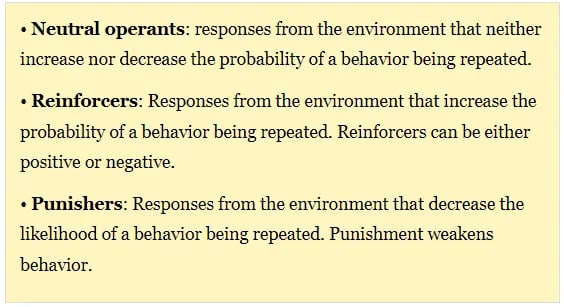
Operant conditioning was developed by B. F. Skinner in 1937. Skinner identified three responses that follow behavior, thus determining the likeness of an individual repeating that behavior. These responses are:
- Reinforcers
- Punishers
- Neutral
The theory suggests that reinforcers, which can be both positive and negative, increase the chance of repeated behavior. This is because of the chemical reactions in the brain when we receive rewards or achieve something. The brain releases chemicals like serotonin and dopamine, which create feelings of happiness, motivation, and satisfaction. The body craves these.
Reinforcers encourage the behavior and actions which lead to the release of these chemicals. When they are introduced in a sales environment, they can have a very powerful impact on the behavior of your sales reps. They can motivate your reps to sell effectively, and even bring out the competitiveness of your team.
If you consider what minimum wage is compared to the cost of living, a wage alone is not always a strong motivator. Sales gamification can be a brilliant and low-cost solution.
The benefits of sales gamification
The benefits of sales gamification are far-reaching. Reinforcers using gamification can inspire your reps to try harder to succeed because they want – and learn to expect – that chemical rush they experience when they receive points, badges, and other incentives.
The results of which can be communicated to your team through charts or Instagram graphics to create a more engaging and collective experience. Here are a few other benefits of sales gamification.
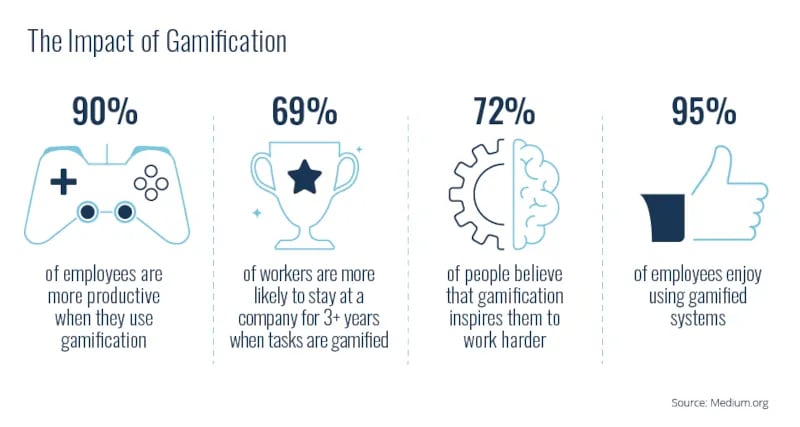
Boosts team motivation
Team motivation is essential for selling, whether face-to-face or through VoIP calls. If you’re going to buy something, you are more likely to buy from an enthusiastic person than a bored one. An enthusiastic rep will appear excited about what they are selling. Thus, they make the product or service seem like something to get excited about.
Motivation drives success. What’s more, like any other mood or emotion, it can be contagious. If your whole team is motivated to sell, sell, sell, it should go without saying that they will make more sales.
Increases collaboration
Friendly competition can be a positive thing, especially in sales. It gets everybody working towards a common goal.
Collaboration is a powerful thing, too. Despite what we often think, the two can go hand in hand.
When members of your team do well, they will want to share their top sales secrets with other team members. This is because of the social influence that gamification encourages. Instant notifications for achievements will get everybody involved in celebrating successes and milestones.
Improves individual performance
When it comes to sales gamification, it is not the end prize that encourages performance; it is the competitive side that desires to be the best – and gets recognized as such.
With sales gamification, individual performance will improve as the need for positive reinforcements stack up. Each team member enjoys the feeling of knowing they are doing well and that all the other team members know they are doing well too. This will drive performance and increase your sales.
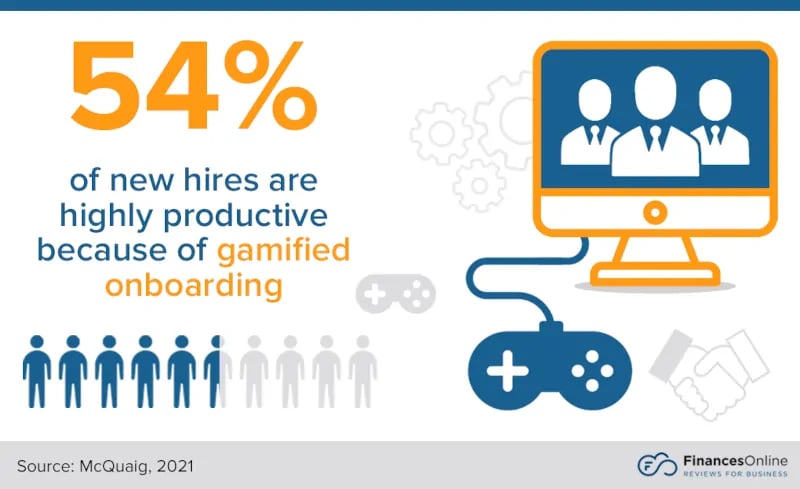
6 best practices when implementing sales gamification
When you’re starting out on your sales gamification journey, put a plan in place to ensure you do it effectively.
1. Understand what motivates your reps
It goes without saying that not everyone is motivated by the same things. But, it’s not always practical to cater to everyone. Get an understanding of what the majority of your reps want. You can look into ways to motivate individuals or as a team.
The best way to figure this out is not by guessing – just ask them! Send out questionnaires asking questions related to motivators and rewards.
2. Set clear goals and objectives
A successful sales gamification venture needs clear goals and objectives. Your team will benefit from understanding what they are working towards. Set goals that are short-term (i.e., weekly) as well as long-term (i.e., yearly).
Ask for your team’s input, too. Your reps will appreciate getting involved in the process and feel more accountable for achieving their goals.
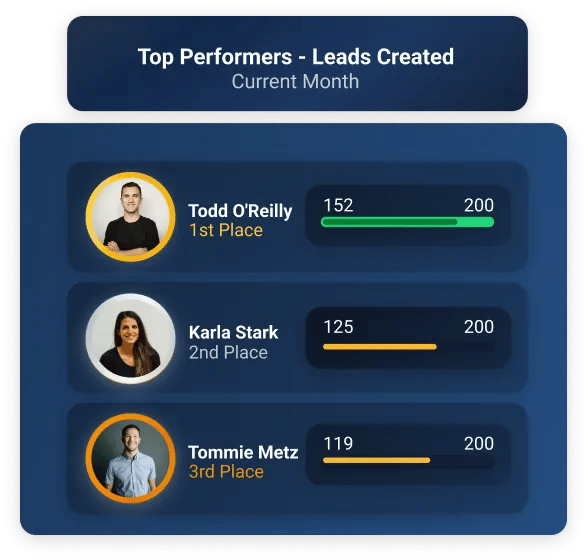
Revisit your goals regularly as a team. Ask each member their perspective of the goals and give your feedback too. A study published in the Journal of Applied Psychology shows that receiving feedback is an excellent motivator. The same study also shows that setting challenging goals is very motivational.
With that in mind, gather your team and help them see the big picture by setting short-term and long-term goals.
3. Integrate gamification into your CRM
Sales gamification works well when integrated with CRM software. For example, most sales reps will find logging CSAT scores and other notes into a CRM a tedious task. But using gamification elements such as points, badges and notifications can make it far more appealing.
Integrating gamification into your sales CRM solutions is a win for your reps, your customers, and the company. Companies will have more data to work with and analyze, and reps will feel more motivated to do it.
4. Focus on the right behavior instead of numbers
Cody Normand is Hubspot’s Sales Productivity and Enablement Senior Manager. He emphasizes the need to focus on the desired behavior of your reps rather than the number of sales.
Objectives should be clear and focused. Concentrate on the behavior that leads to the objective, which will, in turn, boost productivity. Reps will learn from the process rather than robotically churning out sales.
5. Unite teams
Sales gamification is fantastic for bringing teams together. When reps are working on something particularly challenging, working with a supportive team will help encourage them to see it through to the end.
With sales gamification, you can create a team-unifying program that brings reps together with a range of skill sets. Teams will collaborate and leverage their diverse skills to achieve their objectives.
Your sales reps are rewarded with peer recognition and a strong sense of mutual achievement.
Sales gamification to unite teams will also help build relationships, trust, and a community culture within the company.
6. Celebrate individual and team successes
Success should be celebrated both on an individual and a team level. This will help nurture a culture of collaboration. Encourage reps to share their successes, plans, and challenges via regular team meetups, and facilitate open discussions.
If sales gamification is not done correctly, it can lead to unhealthy competition. You want to focus on healthy competition. Unhealthy competition actively discourages teamwork and creates an environment where every person is only interested in what they can gain as they scramble to be the best.
Celebrate successes together to avoid this.
Sales gamification examples that drive results
Now that you know all the best about sales gamification, let’s look at some great examples of sales gamification that drive results.
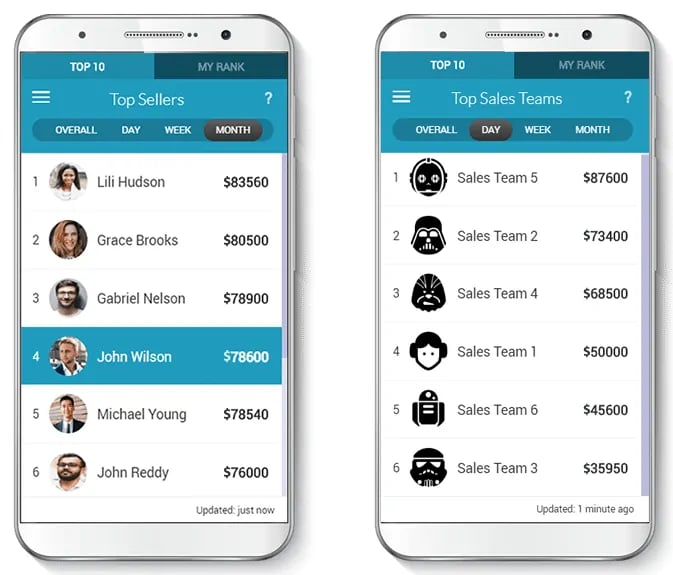
- Contests: Create contests that align with your KPIs. Use real-time data that all contestants can access at any time.
- Leaderboards: Great for showcasing everyone’s achievements and encouraging others to work harder, leaderboards promote accountability.
- Badges: These are small but significant rewards for your reps when they achieve something or hit a milestone. Consider using motivational power words for sales on your badges.
- Challenges: Implement realistic challenges to push your reps to achieve more. Create a challenge yourself or ask your reps what kind of challenges would motivate them.
- Points: Points are a measure of a rep’s or team’s success. They are a tangible rewards system that can boost productivity through the desire to accumulate more points.
Create a rewarding experience for your sales team
There are numerous benefits to sales gamification. Many of these are backed up by psychology and neuroscience.
Sales gamification increases productivity, motivation, and sales. By implementing gamification techniques into your sales environment, you can also create a more rewarding experience for your reps.
Before you implement sales gamification, consider which forms of gamification will align best with your KPIs. Use retail analytics solutions to gather data and analyze what garners the best results.
Finally, prioritize making it a fun experience. Get your reps involved with the planning and execution of your gamification strategies to ensure team members are invested and supportive of others.



